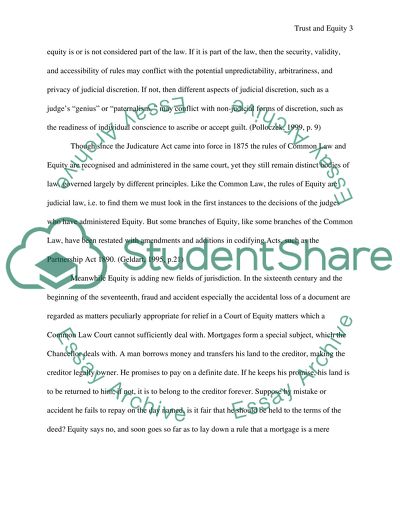Cite this document
(The Trust Intention and Equity Essay Example | Topics and Well Written Essays - 2250 words - 1, n.d.)
The Trust Intention and Equity Essay Example | Topics and Well Written Essays - 2250 words - 1. Retrieved from https://studentshare.org/law/1538330-trusts-and-equity
The Trust Intention and Equity Essay Example | Topics and Well Written Essays - 2250 words - 1. Retrieved from https://studentshare.org/law/1538330-trusts-and-equity
(The Trust Intention and Equity Essay Example | Topics and Well Written Essays - 2250 Words - 1)
The Trust Intention and Equity Essay Example | Topics and Well Written Essays - 2250 Words - 1. https://studentshare.org/law/1538330-trusts-and-equity.
The Trust Intention and Equity Essay Example | Topics and Well Written Essays - 2250 Words - 1. https://studentshare.org/law/1538330-trusts-and-equity.
“The Trust Intention and Equity Essay Example | Topics and Well Written Essays - 2250 Words - 1”. https://studentshare.org/law/1538330-trusts-and-equity.


